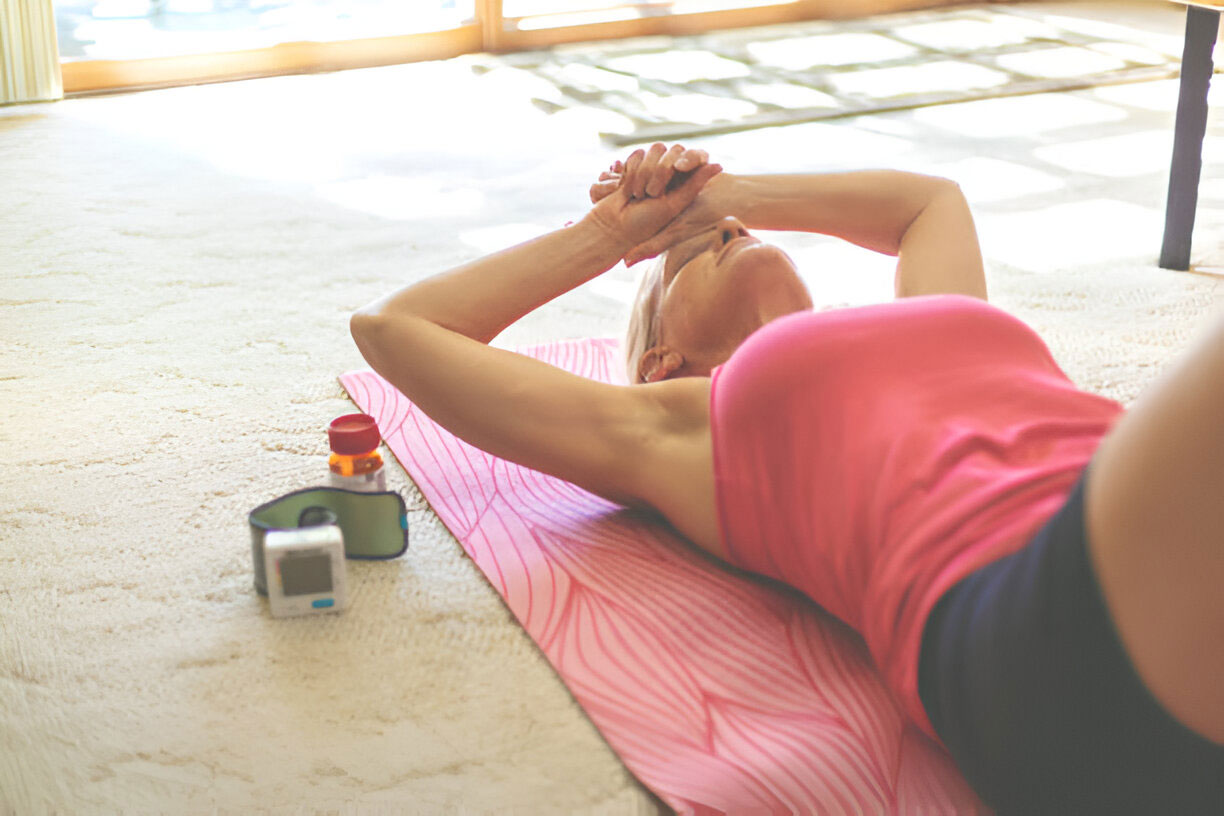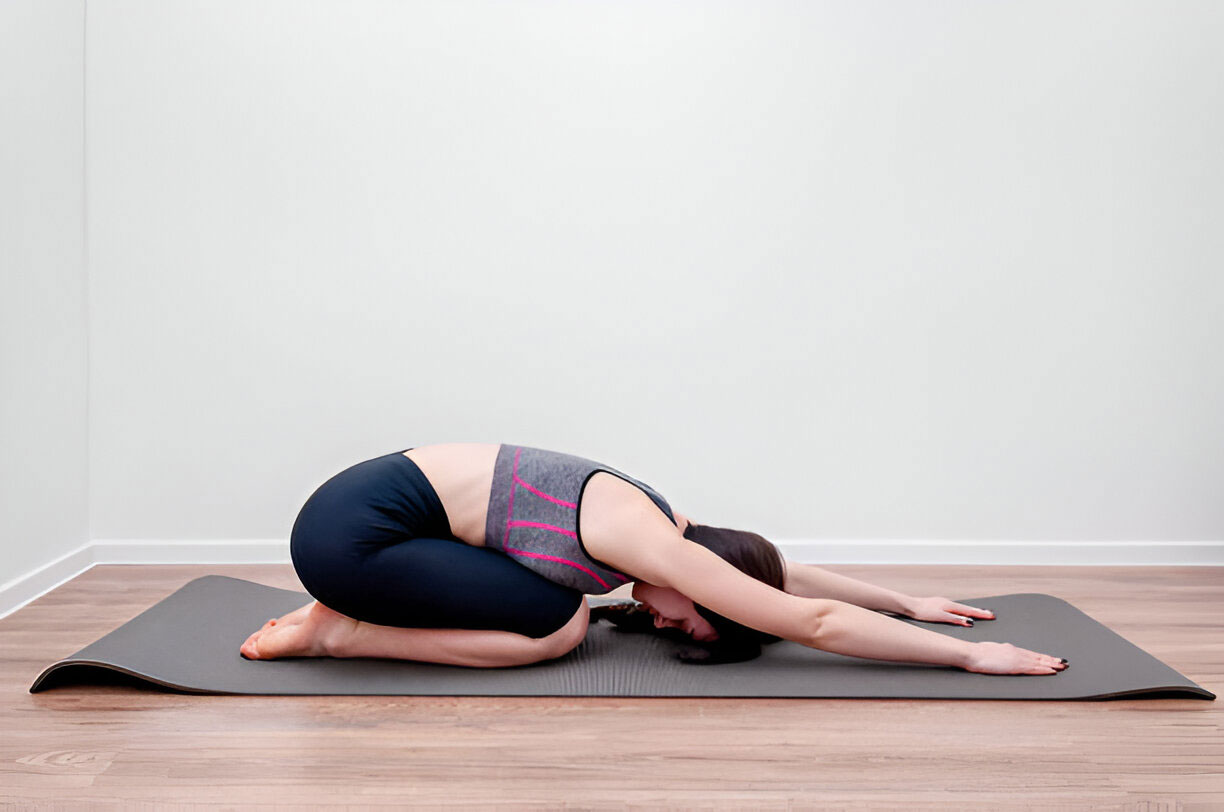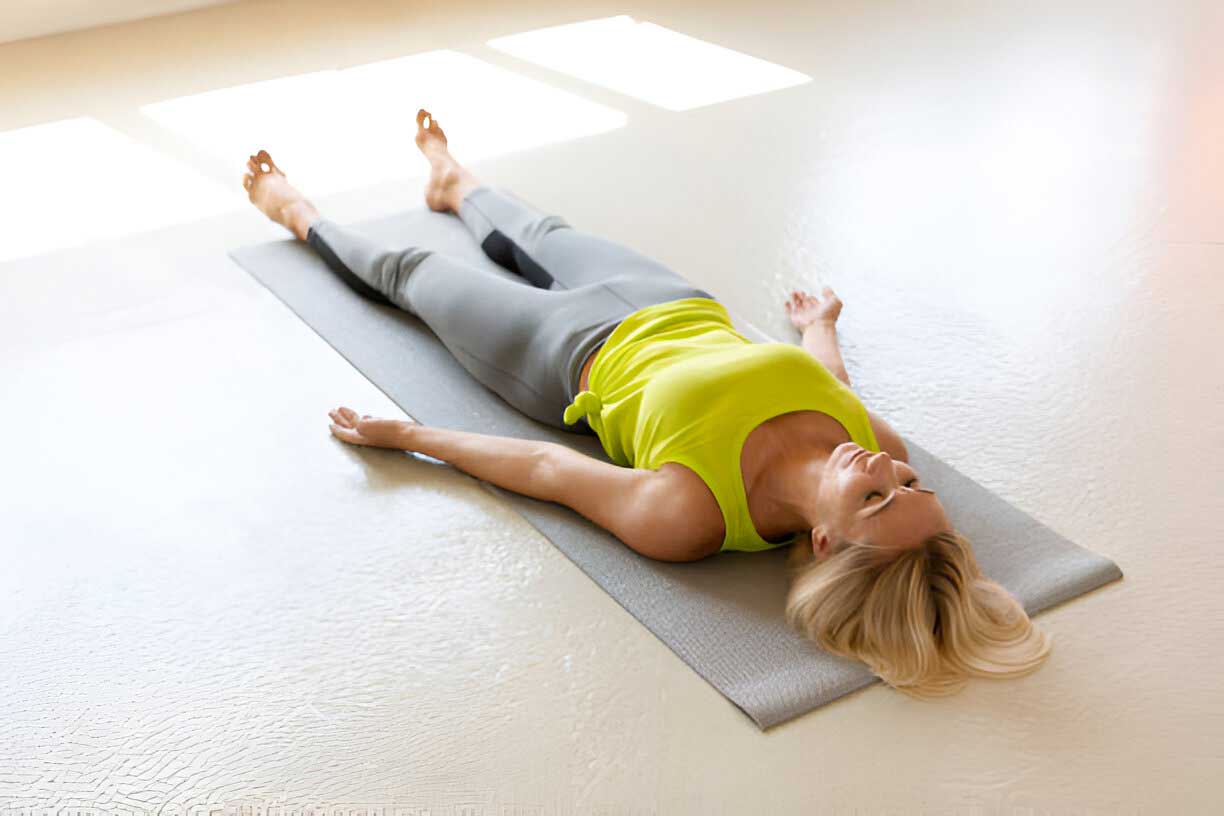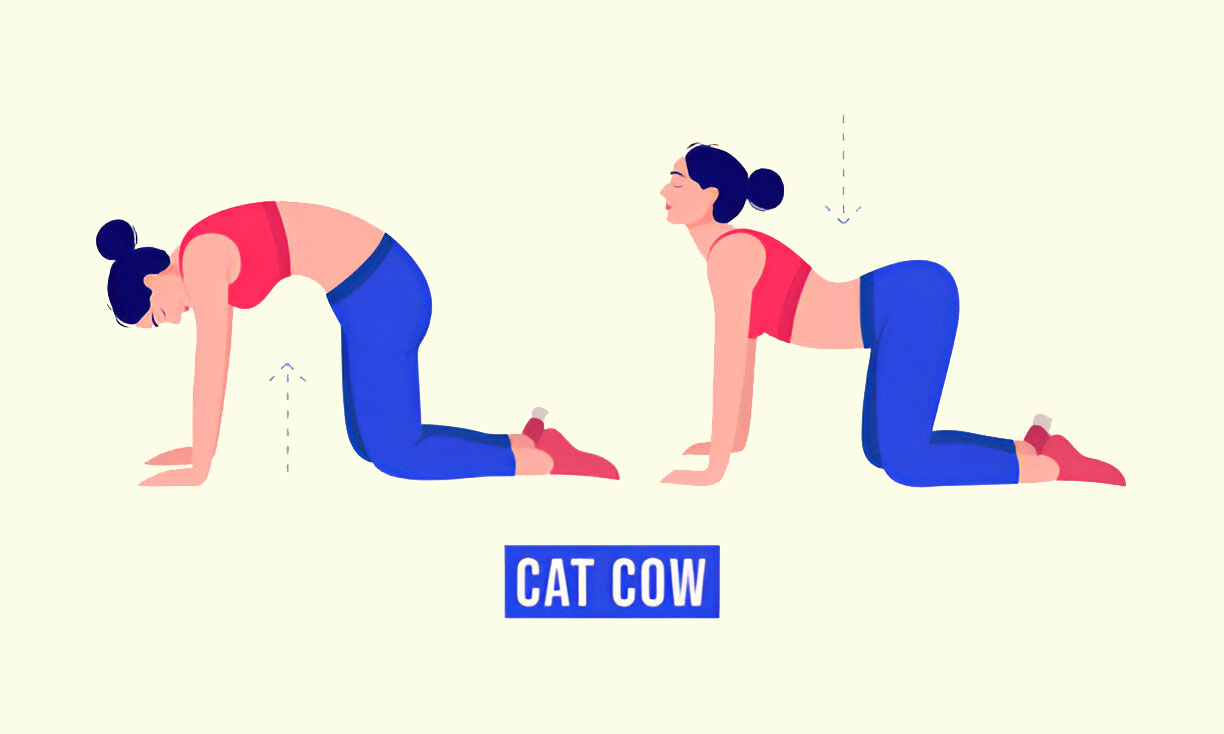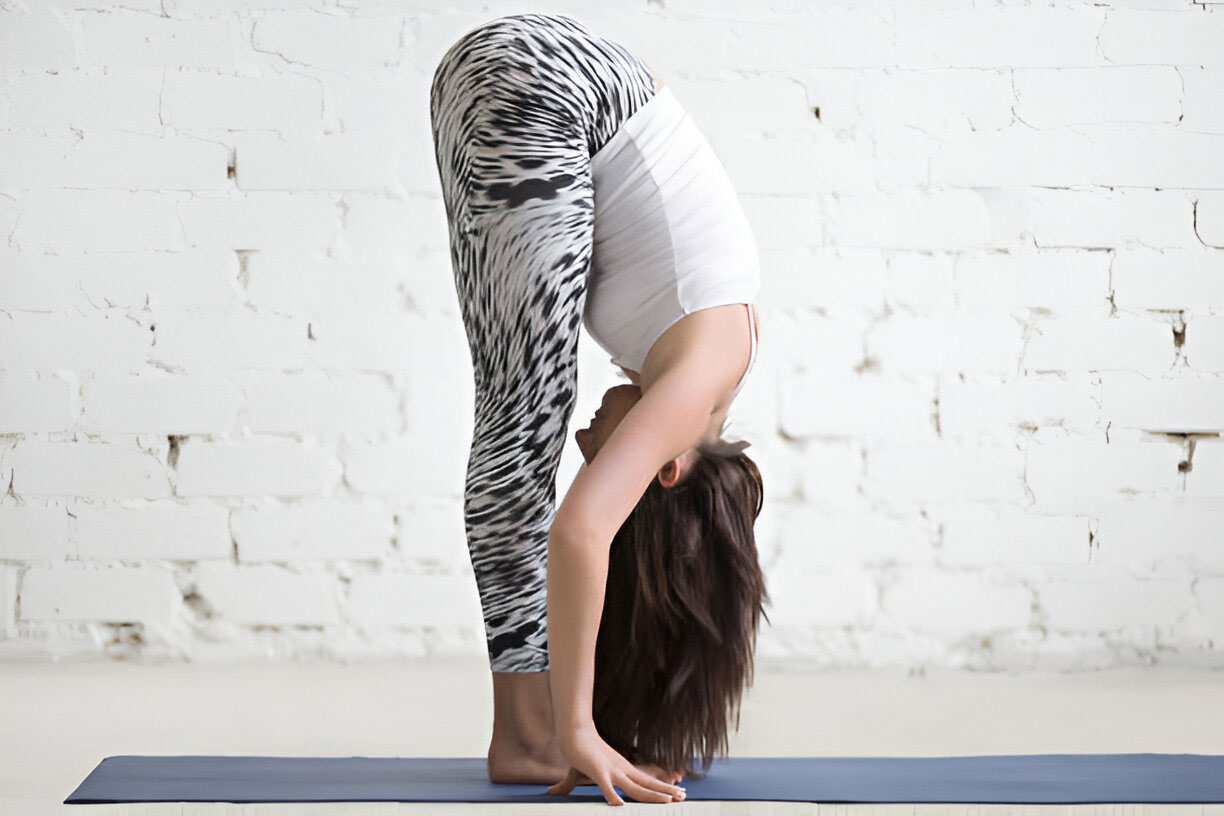How Does Yoga Help with Anxiety and Stress?
Yoga is an effective practice for managing anxiety and stress. It combines physical postures, breathing exercises, and meditation. This holistic approach helps calm the mind, reduce stress, and promote relaxation.
Understanding Anxiety and Stress
Anxiety and stress are common emotional responses to challenging situations. Chronic stress and anxiety can lead to physical and mental health issues, including high blood pressure, depression, and insomnia. Managing these conditions is crucial for maintaining overall well-being.
How Yoga Reduces Anxiety and Stress
Yoga helps reduce anxiety and stress through several mechanisms:
- Regulating the Nervous System: Yoga activates the parasympathetic nervous system, promoting relaxation and reducing the stress response.
- Breathing Techniques: Deep breathing exercises, like Pranayama, reduce anxiety by calming the mind and lowering the heart rate.
- Mindfulness and Meditation: Yoga incorporates mindfulness, which encourages focusing on the present moment. This reduces the impact of stress and anxiety.
- Physical Movement: Gentle yoga poses release physical tension, which often accumulates due to stress. Moving the body also releases endorphins, the body’s natural stress relievers.
- Improved Sleep: Regular yoga practice improves sleep quality. Better sleep reduces stress levels and enhances mood.
- Enhanced Self-Awareness: Yoga fosters self-awareness and self-compassion, helping individuals better understand and manage their stress and anxiety triggers.
Yoga Poses for Anxiety and Stress Relief
Certain yoga poses are particularly effective for reducing anxiety and stress. These poses promote relaxation, release tension, and calm the mind.
1. Child’s Pose (Balasana)
Child’s Pose is a resting posture that provides a sense of safety and comfort. It gently stretches the lower back, hips, and shoulders, helping to release tension.
How to Do It:
- Start on your hands and knees.
- Sit back on your heels, extending your arms forward.
- Rest your forehead on the mat.
- Breathe deeply and relax for 1-2 minutes.
2. Legs Up the Wall (Viparita Karani)
Legs Up the Wall is a restorative pose that calms the nervous system and promotes relaxation.
How to Do It:
- Lie on your back with your legs extended up the wall.
- Keep your arms relaxed by your sides.
- Breathe deeply and hold the pose for 5-10 minutes.
3. Corpse Pose (Savasana)
Corpse Pose is a deep relaxation pose often used at the end of a yoga session. It allows the body and mind to fully relax.
How to Do It:
- Lie flat on your back with your arms by your sides.
- Close your eyes and focus on your breath.
- Stay in the pose for 5-10 minutes, allowing your body to relax completely.
4. Cat-Cow Pose (Marjaryasana-Bitilasana)
Cat-Cow Pose helps to relieve tension in the spine and promote a sense of calm. It combines movement and breath, which helps to reduce anxiety.
How to Do It:
- Begin on your hands and knees.
- Inhale as you arch your back (Cow Pose).
- Exhale as you round your spine (Cat Pose).
- Continue for 1-2 minutes, focusing on your breath.
5. Standing Forward Bend (Uttanasana)
Standing Forward Bend is a calming pose that stretches the hamstrings and lower back. It helps release tension and promotes relaxation.
How to Do It:
- Stand with your feet hip-width apart.
- Bend forward from your hips, letting your head hang down.
- Hold the pose for 1-2 minutes, breathing deeply.
Treatment Options for Anxiety and Stress
In addition to yoga, several other treatment options can help manage anxiety and stress. These methods can be used alongside yoga to enhance overall well-being.
1. Mindfulness Meditation
Mindfulness meditation involves focusing on the present moment without judgment. It helps reduce anxiety by promoting awareness and acceptance of thoughts and feelings. Practicing mindfulness for even a few minutes daily can have significant benefits.
2. Deep Breathing Exercises
Deep breathing exercises, such as diaphragmatic breathing, help calm the mind and reduce the physical symptoms of stress and anxiety. Practice deep breathing for 5-10 minutes daily to lower stress levels.
3. Progressive Muscle Relaxation
Progressive muscle relaxation involves tensing and relaxing different muscle groups. This practice helps reduce physical tension caused by stress. It can be done at any time and is particularly effective before bedtime.
4. Aromatherapy
Aromatherapy uses essential oils, such as lavender and chamomile, to promote relaxation and reduce anxiety. Diffusing these oils or using them in a bath can help create a calming environment.
5. Exercise
Regular physical activity reduces stress and anxiety by releasing endorphins, improving sleep, and boosting self-esteem. Incorporating aerobic exercises, such as walking or cycling, into your routine can help manage stress.
6. Cognitive Behavioral Therapy (CBT)
CBT is a type of therapy that helps individuals identify and change negative thought patterns. It’s an effective treatment for anxiety and stress. Working with a therapist can provide tools to manage and reduce symptoms.
7. Healthy Diet
A healthy diet can impact mood and stress levels. Eating a balanced diet with plenty of fruits, vegetables, and whole grains helps stabilize blood sugar and improve mental clarity. Avoiding excessive caffeine and sugar can also reduce anxiety symptoms.
8. Adequate Sleep
Sleep is crucial for mental and emotional well-being. Lack of sleep can exacerbate anxiety and stress. Establishing a regular sleep schedule and creating a relaxing bedtime routine can improve sleep quality.
9. Social Support
Having a strong support system is essential for managing stress and anxiety. Talking to friends, family, or a counselor can provide emotional support and reduce feelings of isolation.
10. Time Management
Effective time management helps reduce stress by allowing you to prioritize tasks and avoid feeling overwhelmed. Breaking tasks into manageable steps and setting realistic goals can help manage daily stressors.
Conclusion
Yoga is a powerful tool for managing anxiety and stress. Through its combination of physical postures, breathing exercises, and mindfulness, yoga helps regulate the nervous system, reduce tension, and promote relaxation. Incorporating specific yoga poses, such as Child’s Pose and Legs Up the Wall, can provide immediate relief from anxiety and stress.
In addition to yoga, other treatment options, such as mindfulness meditation, deep breathing exercises, and cognitive behavioral therapy, can further help manage anxiety and stress. By adopting a holistic approach that includes yoga and these additional strategies, you can effectively reduce anxiety and stress and improve your overall well-being.

